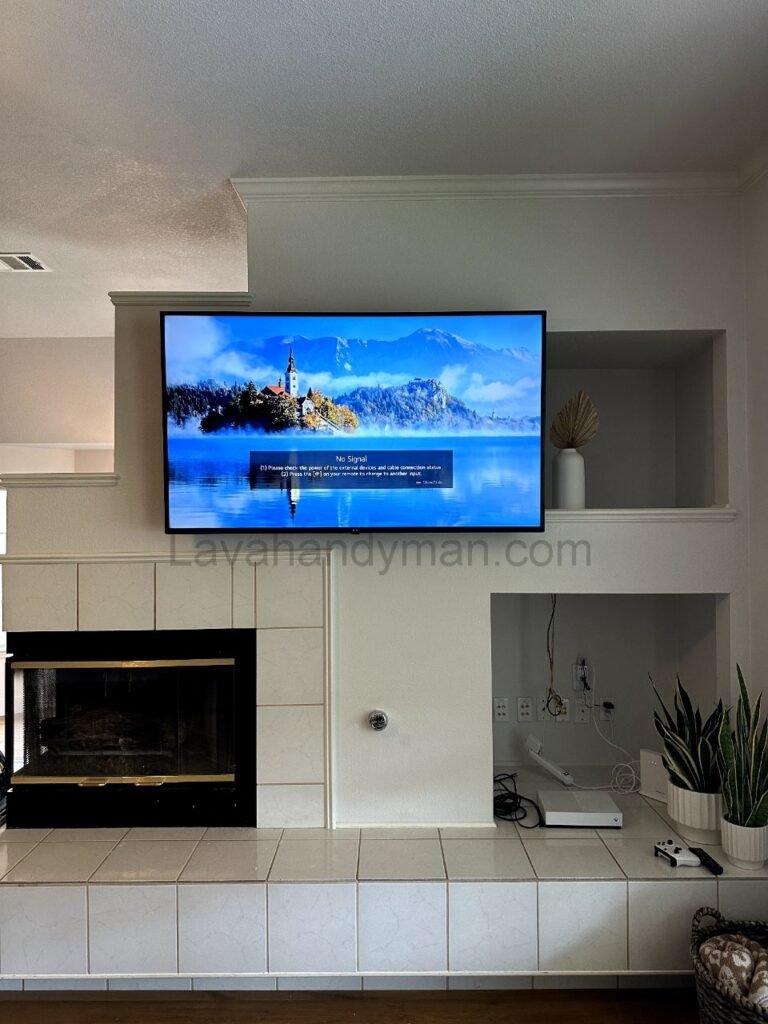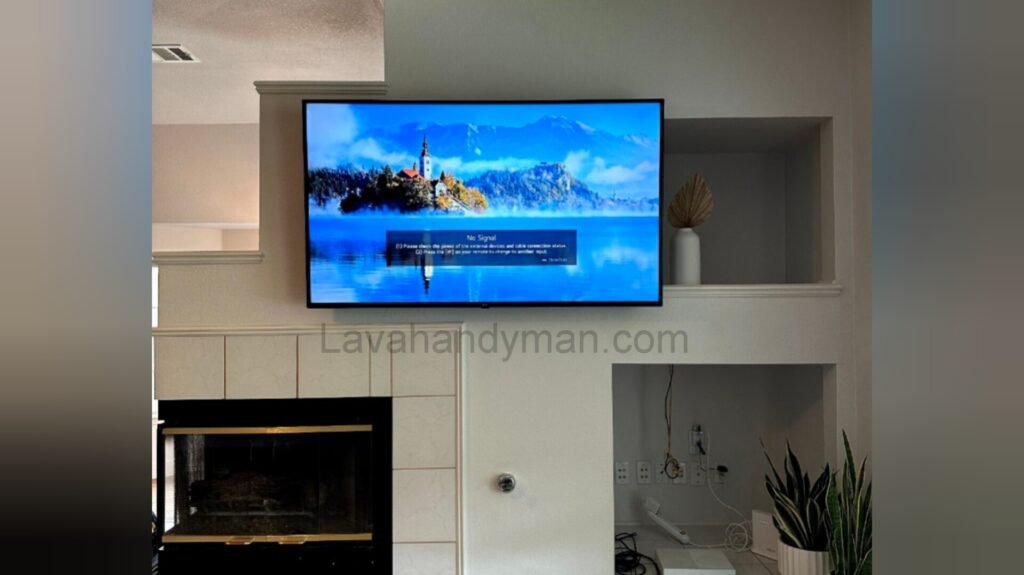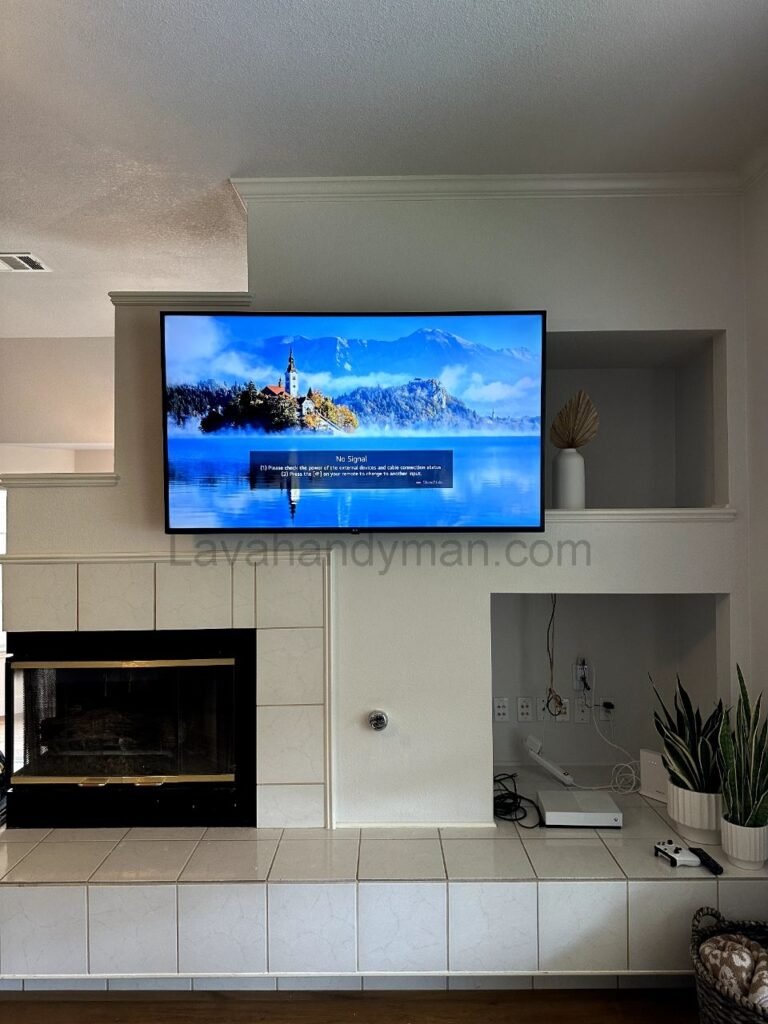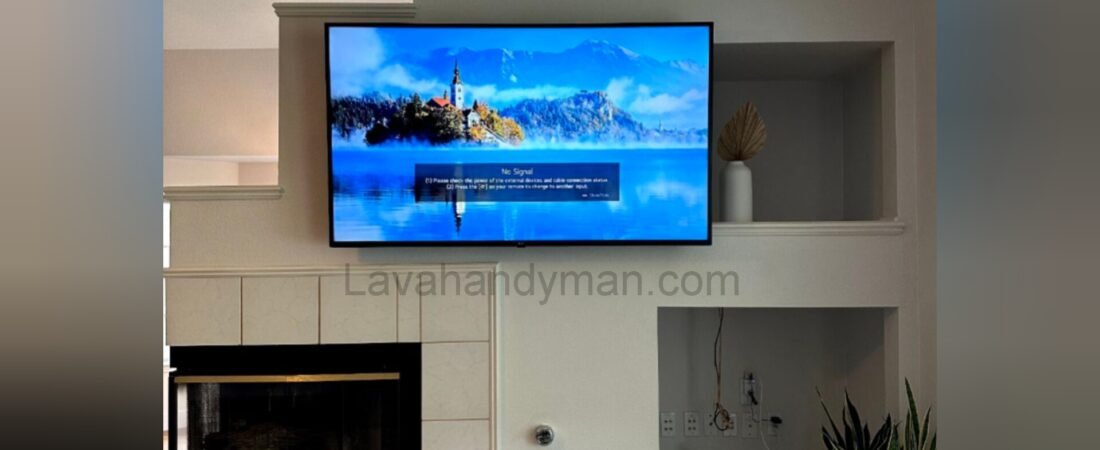“Ceiling Mount Brackets: A Complete Guide , Installation”
1. Introduction
A ceiling mount is an essential installation tool for devices such as projectors, ceiling fans, speakers, and surveillance cameras. A proper choice and installation of this component plays a key role in ensuring safety, optimizing performance, and enhancing the aesthetics of indoor spaces.
2. Main Applications of Ceiling Mounts
Depending on the type of equipment and usage environment, ceiling mounts have various applications:
- Projector Mounting: Provides ideal viewing angles, saves floor space, and ensures a tidy setup
- Ceiling Fan Installation: Distributes airflow efficiently and improves ventilation
- Speaker & Lighting Systems: Optimized placement for even sound/light distribution
- Surveillance Cameras: Offers broader coverage and reduces blind spots
“Ceiling Mount Brackets: A Complete Guide , Installation”

3. Components of a Ceiling Mount
A standard ceiling mount typically includes the following parts:
- Ceiling Base Plate: Directly connects to the ceiling using heavy-duty anchors
- Telescopic Pole or Rod: Allows for adjustable height
- Articulating Arm or Swivel Joint: Enables angle and direction adjustment
- Device Mounting Plate: Compatible with various mounting standards like VESA
4. Types of Ceiling Mounts
4.1. Projector Mounts
- Fixed Models: For permanent installations at a pre-set angle
- Adjustable Models: With tilting and swiveling capability
- Telescopic Mounts: Ideal for high ceilings
- Quick-Release Mounts: Facilitates easy maintenance or relocation
4.2. Ceiling Fan Mounts
- Flush Mount: Best for low-ceiling spaces
- Downrod Mount: Suitable for rooms with high ceilings
- Angled Mount: Designed for sloped ceilings with tilt adjustment features
“Ceiling Mount Brackets: A Complete Guide , Installation”
5. Key Factors in Choosing the Right Ceiling Mount
5.1. Weight Capacity
The chosen mount should support at least 20% more than the device’s weight to ensure safety.
5.2. Compatibility with Ceiling Type
- Concrete Ceilings: Require expansion bolts or heavy-duty anchors
- Drywall or False Ceilings: Need reinforced brackets and professional installation
5.3. Adjustability & Flexibility
Mounts with 360° rotation, ±15° tilt, and adjustable height provide versatility for various setups and environments.
6. Proper Ceiling Mount Installation Steps
- Accurately determine the mounting location, based on viewing angle and functionality
- Assess the ceiling type and strength
- Install the ceiling base plate using suitable anchors
- Attach the articulating arm or support pole
- Secure the device to the mounting plate according to VESA or custom holes
- Adjust angle, height, and direction as needed
- Conceal cables using in-mount pathways or external cable covers
“Ceiling Mount Brackets: A Complete Guide , Installation”
7. Maintenance & Safety Tips
- Regular Inspections: Check mounting integrity every 6 months
- Vibration Control: Use anti-vibration designs in high-traffic areas
- Cable Management: Utilize internal holders or external covers to prevent clutter and damage
8. Recommended Brands & Models
Some of the top ceiling mount brands include:
- Epson ELPMB68: Durable and highly adjustable for projectors
- Mount-It! MI‑606B: Flexible arm design with easy setup
- VIVO VP02W: Affordable, lightweight, and quick to install
- WALI Ceiling Mount: Ideal for speakers and compact equipment
- Monoprice Ceiling Bracket: Best suited for professional high-ceiling installations
“Ceiling Mount Brackets: A Complete Guide , Installation”
🛠️ Complete Step-by-Step Guide to Installing a Ceiling Mount:
Installing a ceiling mount for devices like projectors, ceiling fans, or surveillance cameras requires attention to detail, proper tools, and adherence to safety standards. This guide walks you through the entire process clearly and professionally.
✅ Required Tools
- Drill (hammer drill for concrete ceilings)
- Screws, anchors, or expansion bolts
- Measuring tape & level (manual or laser)
- Pencil for marking
- Allen wrench, socket wrench, or screwdriver
- Ladder or stable step stool
- Safety gloves and goggles
- Cable covers or zip ties
“Ceiling Mount Brackets: A Complete Guide , Installation”
➊ Choosing the Right Mounting Spot
- Select a spot that offers optimal viewing, airflow, or camera coverage.
- For projectors: align with the center of the screen.
- For fans: the center of the room is ideal.
- Use a tape measure and level to mark the exact location.
➋ Identifying the Ceiling Type
Before installation, identify the ceiling material:
| Ceiling Type | Recommended Mounting Method |
|---|---|
| Concrete | Drill with masonry bit + metal anchors or expansion bolts |
| Drywall / False Ceiling | Mount to underlying studs or beams + reinforcement plate |
| Wood | Use wood screws of appropriate length and width |
“Ceiling Mount Brackets: A Complete Guide , Installation”
➌ Drilling the Mounting Holes
- Place the mounting plate on the marked spot.
- Mark the screw holes with a pencil.
- Drill the holes with the appropriate bit for your ceiling material.
- Insert wall anchors or bolts securely into the holes.
➍ Installing the Mounting Plate
- Fasten the main bracket base to the ceiling using the provided screws.
- Use a level to ensure the plate is straight.
- Tighten all screws fully to prevent any wobble.
“Ceiling Mount Brackets: A Complete Guide , Installation”
➎ Assembling the Mount Arm or Pole
- If your mount is adjustable or telescopic, assemble all moving parts per the manual.
- Secure the joints, arms, and rods tightly.
- Adjust the height as needed.
➏ Attaching the Device to the Mount
- Mount the device (projector, fan, camera) to the bracket’s platform.
- Make sure the bracket supports the device’s mounting pattern (e.g., VESA).
- Use locking nuts or washers to prevent loosening over time.
“Ceiling Mount Brackets: A Complete Guide , Installation”
➐ Adjusting Angle and Height
- Tilt and swivel the device to the desired angle.
- Most mounts support horizontal and vertical adjustments.
- For telescopic rods, set the ideal height.
- Lock all adjustment points securely.

➑ Cable Management
- Route cables through internal channels or attach externally using cable covers.
- Use zip ties or clips to bundle and secure cables neatly.
- Ensure cables are not stretched, loose, or hanging.
“Ceiling Mount Brackets: A Complete Guide , Installation”
➒ Final Check & Testing
Camera: verify field of view and stability
Inspect all connections and ensure the mount is secure.
Gently shake the unit to check for any looseness.
Power on the device and verify performance:
Projector: check screen alignment and clarity
Fan: ensure balance and no vibration
“Ceiling Mount Brackets: A Complete Guide , Installation”
📺 The Importance of Ceiling Mounts in TV Installation:
Using a ceiling mount to install a TV, especially in environments like conference rooms, stores, hospitals, and modern homes, is an efficient and smart solution. This method offers numerous advantages beyond aesthetics, which we outline below.
1. Optimizing Space
Ceiling mounts free up wall and floor space, preventing clutter and unnecessary occupation. This is especially valuable in small or busy environments.
“Ceiling Mount Brackets: A Complete Guide , Installation”
2. Flexibility in Viewing Angle
Ceiling mounts typically allow rotation, tilt, and height adjustment, enabling the best viewing angle for everyone in the room.
3. Enhanced Safety and Reduced Risk of Falling
A TV installed on a ceiling mount is more secure against impacts and sudden movements, minimizing the risk of falls or damage—particularly in public spaces.
4. Aesthetics and Organized Décor
Ceiling installation gives the TV a neat and modern appearance, and with proper cable management, it creates a clean and orderly environment.
“Ceiling Mount Brackets: A Complete Guide , Installation”
5. Installation in Special Conditions
In spaces where walls are unsuitable or lack sufficient strength for mounting, a ceiling mount is often the best or only option.
6. Multi-Directional Viewing
Dual-sided or swivel ceiling mounts allow the TV to be viewed from multiple directions, a feature highly useful in commercial and public areas.
7. Cable Protection
Professional ceiling mounts enable cables to be routed inside the mount pole, enhancing aesthetics and protecting cables from damage.
8. Stable and Permanent Installation
Ceiling mounts provide a fixed, reliable installation that does not require frequent adjustments or repositioning, unlike floor stands.
9. Prolonged TV Lifespan
Proper and secure mounting protects the TV from vibrations and shocks, contributing to longer device durability and better performance.
📊 Comparison of Different Types of TV Mounts
| Mount Type | Features | Advantages | Disadvantages | Typical Uses |
|---|---|---|---|---|
| Ceiling Mount | Installed on ceiling; adjustable angle and height | – Saves space (no wall or floor use) – High flexibility in viewing angle – Suitable for spaces without strong walls – Multi-directional viewing possible | – More complex installation – Higher cost – Requires a strong ceiling | Conference rooms, stores, hospitals, modern homes, commercial spaces |
| Wall Mount | Attached to wall; limited tilt and swivel | – Easy and quick installation – Cost-effective – Suitable for most standard walls | – Occupies wall space – Limited height adjustment – Requires sturdy walls | Homes, offices, living rooms |
| Floor Stand | Mounted on a base or table; portable | – No drilling required – Easy to move – Suitable for large, heavy TVs | – Occupies floor space – Risk of tipping in busy areas – Less tidy appearance | Temporary setups, exhibitions, rental spaces |
🏷️ Guide to TV Mount Brands and Models:
The TV mount market offers a wide variety of options, and choosing the best mount depends on build quality, features, and compatibility with your TV. Below is an overview of popular brands and common mount types.
1. Popular and Trusted Brands
- Sanus: A U.S. brand known for high build quality, durability, and modern design. Offers various ceiling, wall, and floor mounts. Mid to high price range.
- Peerless-AV: Specialized in professional AV mounting solutions, ideal for commercial spaces and industrial projects. High adjustability and durability.
- Vogel’s: A European brand focusing on elegant design and good quality. Provides easy-to-install wall and ceiling mounts.
- Mount-It!: An affordable brand with a wide range of models suitable for home and small office use. Decent quality at a budget-friendly price.
- Chief: Professional-grade products with high weight capacity and precise adjustments, suitable for specialized projects.
2. Common Types of Mounts
- Fixed Mount: Simple, no-move installation, ideal for limited spaces.
- Tilting Mount: Allows vertical angle adjustment for better viewing.
- Full Motion Mount: Offers rotation and multi-angle adjustments, providing the greatest flexibility.
- Ceiling Mount: Installed on the ceiling, suitable for special environments with height and angle adjustment options.
3. Key Factors When Choosing a Mount
Warranty and reliable after-sales support
Compatibility with your TV’s weight and size
Type and range of angle adjustment needed
Quality and material (usually steel or aluminum)
Ease of installation and availability of full instructions
Conclusion
The ceiling mount may be a simple component, but it plays a crucial role in the safe and efficient installation of overhead devices. With the right choice based on your equipment type, ceiling structure, and environment, you can ensure long-term functionality, safety, and an aesthetically pleasing setup. Following proper installation procedures, regular maintenance, and investing in quality hardware will guarantee optimal performance.
At LavaHandyman.com, we don’t just help you understand TV tech — we also offer expert TV installation services, making sure your home entertainment setup looks and performs at its best.
📞 Need Help?
Let us take care of the hard work while you sit back and relax.
📍 Serving: Austin, Round Rock, Cedar Park & more
📱 Call or Text: (737) 420-6992
🌐 Visit: https://lavahandyman.com


